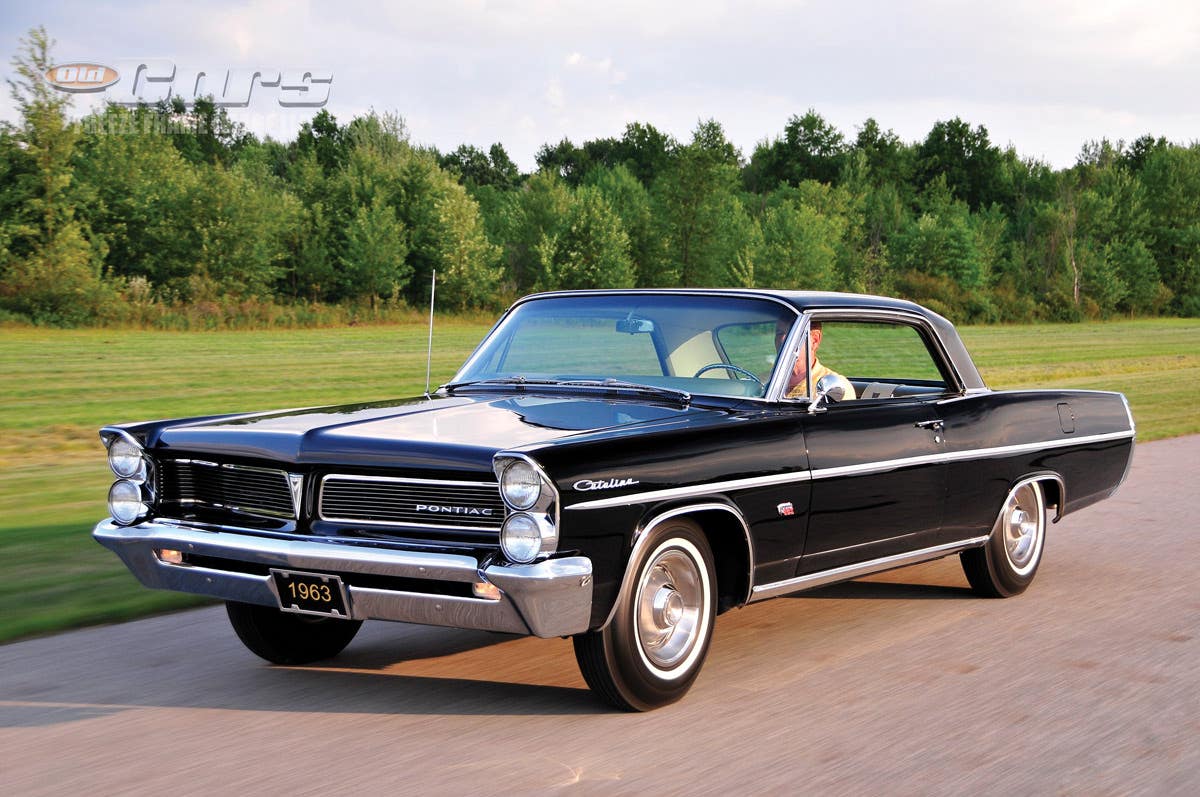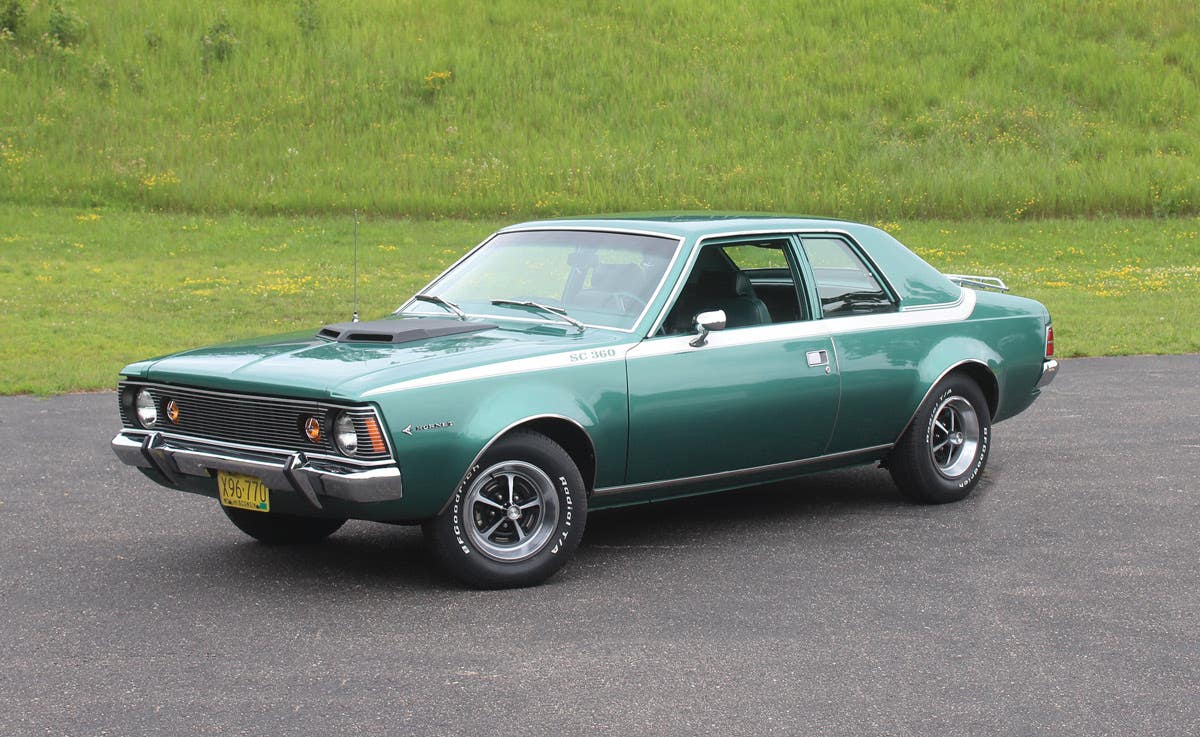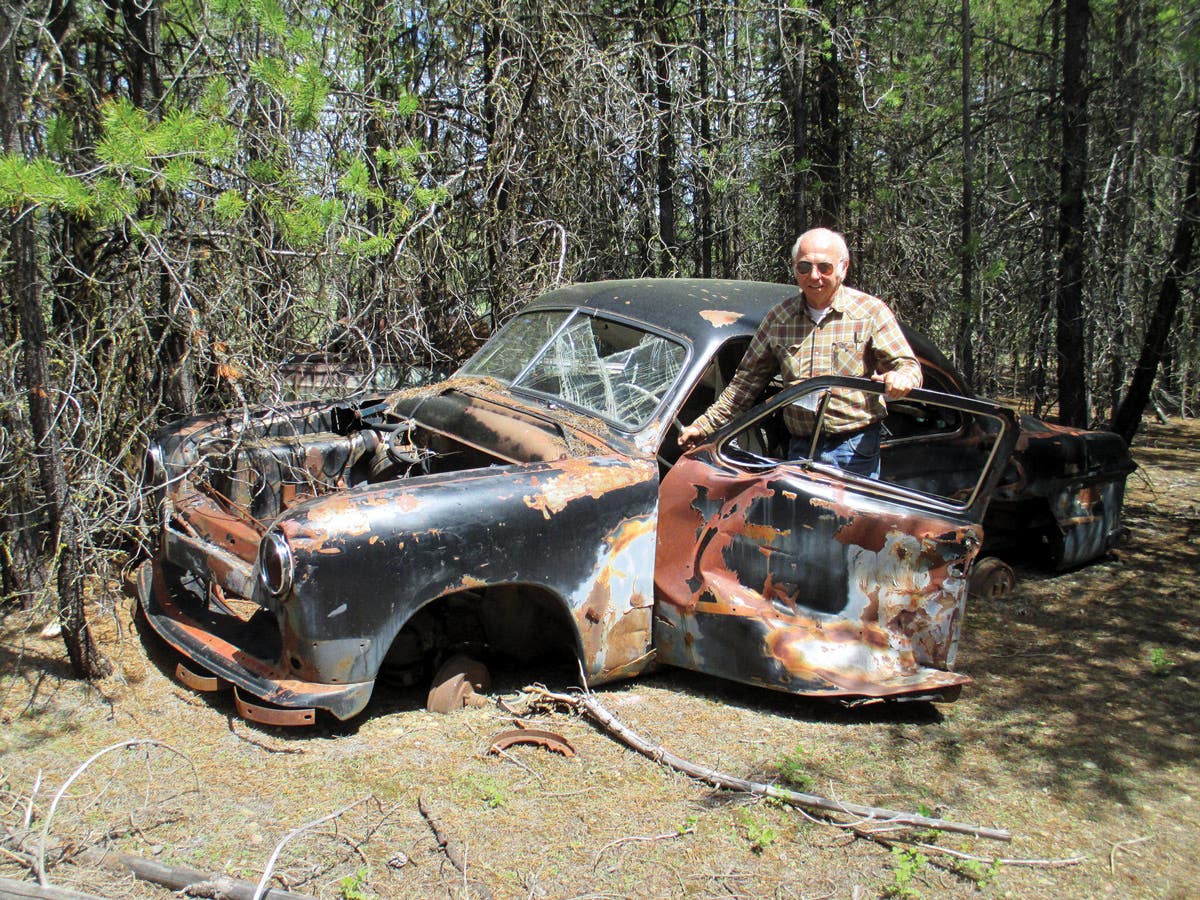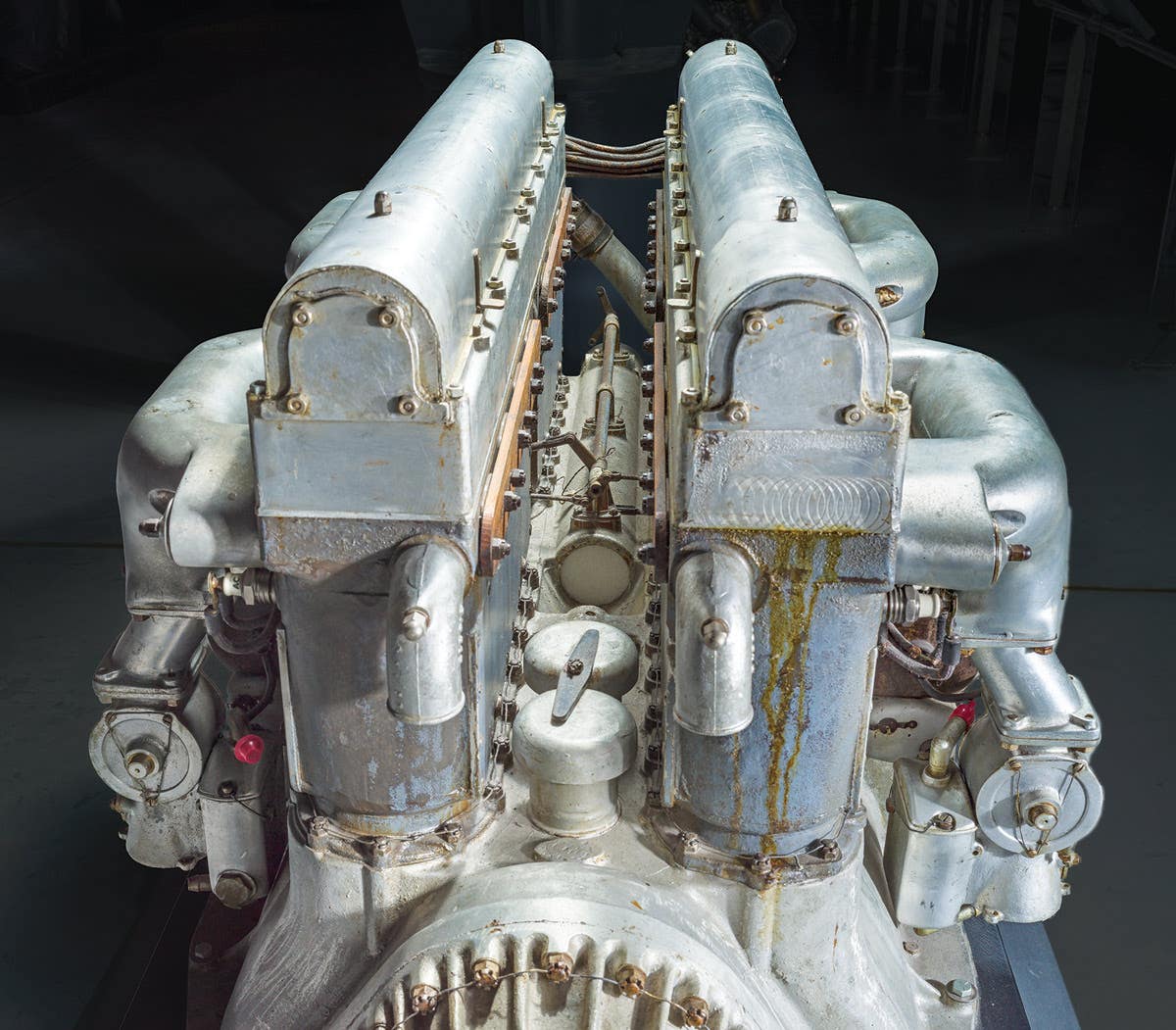Defying definition: Monte Carlo identity conundrum
Chevy’s Monte Carlo had split personalities. It was part sportscar, part muscle car as well as a luxury vehicle.
“Beautifully quiet, Quietly beautiful,” proclaimed Chevrolet’s 1972 Monte Carlo sales brochure. It also said, “We left well enough alone to keep it alone in its field.” Though well stated and accurate, the total truth was that the original plan was to have an all-new Monte Carlo ready for 1972. However, federal regulations that emerged from congress at about the time the new version was entering the design stage forced a delay of one model year to introduce the second-generation car. Therefore, only a light facelift was performed on the 1971 Monte Carlo to create the ’72 model. Interestingly, the 1972 Monte Carlo was the best seller from the 1970-’72 generation of Chevy’s personal luxury car, a model that stood alone in terms of its price, which was about equal to that of the Impala two-door hardtop.
Developing the Monte Carlo
The Monte Carlo was a major success for Chevrolet, and one that was very much needed at the time. Chevrolet’s market penetration took a dive in 1969, from 32 percent to 24 percent, a situation that was most unusual for the division. The personal luxury car market — started by Ford with its Thunderbird, first as a sporty car with a single bench seat from 1955-’57 and then as a four-passenger model starting with the 1958 model year — was practically Ford’s alone until General Motors’ Buick Division released the Riviera for 1963. Oldsmobile later followed with its front-wheel-drive Toronado, debuting for 1966. Pontiac entered this market arena in 1969 with its all-new midsize Grand Prix, previously a sporty version of its full-size car.
In early 1968, Chevrolet General Manager Elliot “Pete” Estes gave the green light for what became the Monte Carlo, originally known as the “C-Bird” during its design stage. (Coincidentally, John DeLorean had approved the 1969 Grand Prix in early 1967 while general manager of that division. He then became general manager for Chevrolet not long after the Monte Carlo project was underway.) Designer Dave Holls was placed in charge of the design work for the C-Bird project.
The namesake of the Monte Carlo was the administrative area of the Principality of Monaco, where the Monte Carlo Casino is located. With the French Rivera in the immediate vicinity of Monte Carlo, perhaps the moniker was an obvious choice, although based upon an early clay mock-up, the name “Concours” was apparently considered.
To keep the Monte Carlo at the planned price target, costs of production were kept in line by adapting GM’s A-body (Chevrolet Chevelle, Pontiac LeMans, Oldsmobile Cutlass, Buick Skylark) to the 116-inch-wheelbase suspension systems of the four-door Chevelle. Indeed, as much as possible was shared with the Chevelle. The frame for the Monte Carlo, though, was not shared with any other GM car, nor were any outer components except for the rear window and deck lid, which came from the Chevelle parts bin. The front end ahead of the cowl was stretched to fit the 116-inch wheelbase chassis, resulting in the longest hood of any Chevrolet at 6 feet in length.
Inside, the dash from the Chevelle SS was adopted, though with applications of simulated elm woodgraining. Heavy amounts of sound deadener comprised of thick jute under the carpeting, plenty of asphalt-inpregnated material above the headliner and spray-on fiber in various places throughout the body helped to ensure the quiet ride befitting a personal luxury car. Execution of the design was so well done that buyers either did not know or did not care about the Monte Carlo’s relationship with the Chevelle. Its long-hood/short-deck proportions helped ensure public acceptance, most of whom said styling was the most important factor influencing their purchase.
Only a formal-looking two-door hardtop body style was offered for the Monte Carlo, although a convertible version seemingly was at least considered, but evidently only on the drawing board or simply via discussions. No photographs appear to exist of drawings, clay mock-ups or prototypes of a 1970-’72 Monte Carlo convertible. (However, some owners had conversions performed, something relatively easy to do since GM offered an A-body convertible.) Early road test reports on the new car stated a convertible was on the way, thus there had to be some basis for the claim. A four-door hardtop version was built as a full-scale mock-up, but smartly rejected by management.
Outfitting the 1970 Monte Carlo
Standard features of Chevy’s T-Bird fighter included the 250-hp, 2-barrel 350-cid V-8 coupled to a three-speed synchromesh column-shifted transmission (a Turbo-Hydramatic automatic transmission was standard with optional engines); power brakes with front discs; black sidewall G78-15-B bias-belted tires; heater/defroster; concealed windshield wipers; in-the-windshield antenna; electric clock; high-grade nylon and vinyl upholstery; and deep-twist carpeting. Interestingly, while Chevrolet’s sales catalog for the 1970-1972 plainly states the three-speed manual was the standard transmission, other sources indicate that it could be special-ordered in place of the automatic; in other words, the Turbo-Hydramatic 350 was standard issue with the 350 2-barrel. The sales literature shows the three-on-the-tree, though, was standard only with the 350 2-barrel. Therefore, the author’s understanding (by reconciling the information put forth) is that the three-speed could be special-ordered for some of the other engines that would otherwise have come with one of the automatic transmissions (TH-350 or TH-400). Regardless of what was possible to acquire, the three-speed transmission was quite rare with only 545 Monte Carlos being so-equipped for 1970 and a combined 622 more Monte Carlos were built with it for the next two model years. Old Cars and the author welcome a confirmation, correction or better explanation of the facts in this regard.
A plethora of options were offered to customers buying a Monte Carlo. Engine choices were comprised of a 300-hp, 350 4-barrel; a 400-cid version of the small-block V-8 with a 2-barrel carb rated at 265 hp; a big-block 400 (actually displacing 402 cubic inches) with a 4-barrel rated at 330 hp; and a 360-hp 454-cid V-8 with a 4 barrel available only with the RPO (regular production option) Z20 package costing $420 that added a heavy-duty suspension, wider tires, an automatic load-leveling rear suspension and “SS454” badging. The Turbo-Hydramatic transmission was mandatory with the SS454 package, and added $222 to the bottom line. Only 3,823 Monte Carlos had the SS454 equipment for 1970. Though not many buyers opted for the high-performance package, the majority of Monte Carlos were loaded with options such as a vinyl top; Rally wheels; fender skirts (but not available with Rally wheels); bumper guards; AM-FM stereo with 8-track player; bucket seats with or without a console; power steering; and electric trunk release. Additional options included a two-speed Powerglide transmission (for either 350 only) and four-speed manual transmission (available for any engine except the 454, as noted). Yet another option was a tachometer, the same type used by the Chevelle SS, something made practical by the use of the Chevelle SS dash. Fifteen paint color choices were offered with names such as Cranberry Red, Cortez Silver, Astro Blue, Misty Turquoise, etc.
Chevrolet introduced its new Monte Carlo with the rest of its lineup on Sept. 18, 1969. Nearly two million people came to Chevrolet dealerships around the country that day, and the new Monte Carlo was a large part of the reason. (It certainly was not the Camaro that drew them there, because the second-generation Camaro’s introduction was delayed until Feb. 26, 1970.) A labor strike at the Flint, Mich., assembly plant, where the majority of Monte Carlos were built, began shortly after model introduction and lasted into February, thus hindering sales. Many would-be customers found their local dealership did not have any Monte Carlos in stock for a while. Output of about 185,000 units had been projected for 1970, but in the end, production totaled 145,976 cars. The vast majority of Monte Carlos had one of the 350-cid V-8s with the TH350 transmission.
Minor tweaks to greatness
A minor facelift for 1971 included squared-off headlamp bezels (changed from rounded) and rectangular parking lamps (changed from round); headlamps moved a little farther apart; a fine horizontal pattern grille (previously a fine square pattern); revised hood spear with stand-up ornament; and a new keyhole emblem on the trunk lock. Detail changes to the interior for 1971 included revised door panels, steering wheel and control knobs. Horsepower ratings for the 1971 engines remained the same as for 1970. Sales in 1971 slipped from ’70, with 128,600 Monte Carlos produced. Another labor strike early in the 1971 model year that lasted a little more than two months once again suppressed total output. The SS454 option package drew a mere 1,919 orders this time. The option package was dropped for 1972, though the individual items comprising it could be separately ordered.
Significant changes were seen in the engines; they had lower compression ratios to meet federal air pollution regulations. Ratings for the 350 2-barrel and 350 4-barrel were listed as 245 and 270 hp, respectively, and the 400 big-block lost 30 hp, down to 330. The 454’s output actually increased to 365 due to changes to the valve train. The small-block 400 was dropped from the engine lineup.
Changes were few for the 1972 Monte Carlo. Updates were mostly limited to the exterior and comprised a rectangular-pattern grille, parking lamps relocated from the bumper to between the grille and headlamp assemblies and a wider hood spear with “MC” lettering. Now offered was the Custom package, RPO 03, comprised a group of convenience and appearance items. Cars so equipped were noted with the addition of a “Custom” emblem next to the Monte Carlo script on the rear roof pillar.
For 1972, SAE net ratings for engine horsepower output were adopted. The 350 2-barrel and 4-barrel were rated at 165 and 175 hp, respectively, while the 400 big-block’s rating fell to 240 hp. As for the 454, it was rated at 270 hp. Even so, buyers were more interested in luxury than performance, and the 350 with TH350 was the most popular choice. Only 1,268 Monte Carlos of 1972 had the biggest engine. The four-speed transmission was deleted from the options list this year while variable-ratio power steering became standard.
A survivor with a secret past
Sales in 1972 were the highest of the three model years of the first-generation Monte Carlo with 180,819 finding buyers, one of which is shown here. This 1972 Monte Carlo was owned by Terry Reese, of Longview, Texas, when it was recently photographed. Just a few weeks after the photo session, Terry’s friend made an offer for the car that was judged too good to turn down, thus the car now has a new owner living in Michigan. This largely original Antique White example is a relatively low-mileage car with 69,400 miles on its odometer at the time it was photographed. An engine rebuild was performed during the early part of 2021. At that time, a 4-barrel intake and carburetor setup was installed, as was a Borla exhaust system. In addition to those minor modifications, the car only has an aftermarket AM-FM stereo that perfectly fits the factory radio opening.
The featured Monte Carlo has received one repaint at some point and other than it spending most of its existence in Virginia and North Carolina before coming to Texas, nothing else is known about its history.
In the aforementioned 1972 Monte Carlo sales brochure, Chevy’s marketing people wrote that the, “Monte Carlo tends to be the most often misunderstood Chevrolet ever. The problem is, there is no other car quite like Monte Carlo. There’s nothing to compare it to, no convenient category to put it in. So some people will continue to assume Monte Carlo is an oversized sporty car putting on airs. While others will remain convinced it’s an undersized luxury car with a jealous eye cast toward the performance-minded. Rest assured, Monte Carlo is neither. And perhaps both. Try thinking of it this way. Monte Carlo combines the best (but not all) virtues of the luxury car with the best (but not all) virtues of the sporty car. Owning a Monte Carlo is kind of like having your cake and driving it too.”
From start to finish of the first-generation Monte Carlo, a total of 455,395 buyers agreed with Chevy’s ad writers. Marketing need not have been too concerned about perception.
Love Monte Carlos? Here are a few more articles for your reading enjoyment.
If you like stories like these and other classic car features, check out Old Cars magazine. CLICK HERE to subscribe.
Want a taste of Old Cars magazine first? Sign up for our weekly e-newsletter and get a FREE complimentary digital issue download of our print magazine.








